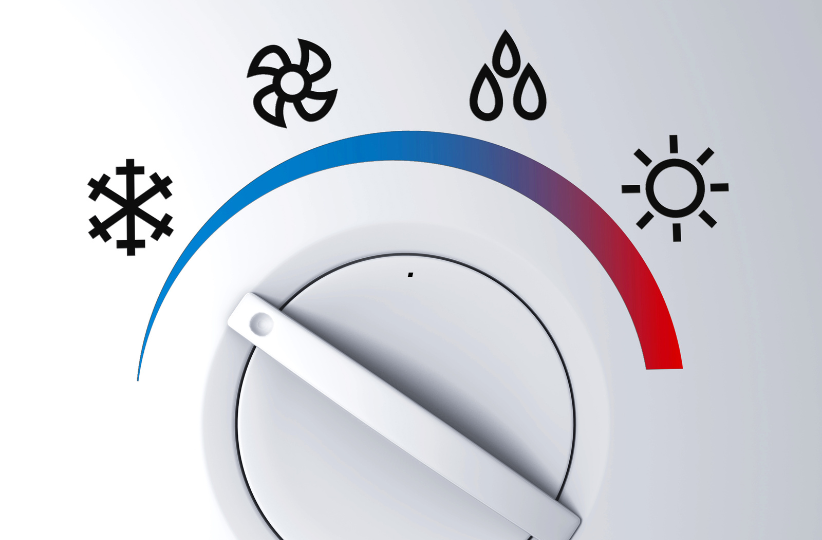
Know When To Use Hot And Cold Wash
Analisa MaloneWhen trying to reduce our carbon emissions and the ever-rising electricity bills, cold water washes are common and necessary. However, you need to know when it works best and when you need to up the heat, plus how to make it all work with DIY solutions.
This article will give you some tips and advice so you can make the right choice.
What is hot and cold?
Some machines will let you adjust the temperature whilst others are limited to hot, warm, cold. These rough guides should help you make the choice right for you.
- HOT- According to the Victoria Building Authority (VBA) “plumbing laws require a maximum temperature of 50°C at the outlets of each shower head or tap” so the hottest water from a tap in a standard home will be around this mark. Generally 40 °C and above is considered hot.
- WARM- Room temperature in Australia can range from 20 °C to 26 °C so it can be considered warm in some instances. However, 30 °C to 40 °C would be midrange.
-
COLD– is generally below 26 °C and less than 15 °C is not effective for cleaning.
When to cold wash
- To clean delicate fabrics like lace and silk, as well as dark colours.
- Protein stains respond best to cold water and applying heat can set the stain, making it impossible to remove. Some common protein stains are blood, dairy products, egg and sweat.
- For general washing, cold water is fine for most clothes and fabrics.
When to hot wash
- To clean certain fabrics like knits and synthetics, warm/hot water is more effective.
- To Sanitise, as hot water can prevent the spread of germs.
- Best for heavily soiled items and greasy stains as the heat will dissolve oils and ‘detergents’ will also be more effective.
- For ‘bleaching’ whites.
Reduce Heat = Increase Chemicals
In the previous article The formula for cleaning you need to know we explored a simple formula for effective cleaning. This formula dictates that the less heat we use, we need to increase the amount of chemicals, motion or time to get an effective clean.
In modern times we have opted to increase chemicals for convenience. Modern detergents contain strong artificial surfactants, bleach activators and one interesting ingredient enzymes.
Enzymes play a huge part in cold water wash and what is cool these babies replicate what goes on in your guts!
Your stomach uses enzymes to break down foods and clever chemists use these same enzymes to break down stains in your clothing. Protease breaks down proteins whilst Amylase converts starch and sugars. They are effective in cold water and heat makes them ineffective.
Tips for cold washing
Homemade laundry cleaners are still effective in cold water, making this an even greener and better solution than commercial detergents. By following these simple tips, you are likely to get the best results.
- Add Digestive Tablets– your local chemist or supermarket will sell capsules of digestive tablets which usually contain the enzymes Protease and Amylase. Only a small amount is required and usually makes up less than 1% of commercial powders so add a few to your DIY Laundry Powder or even Dishwasher Powder & Tablets
- Dilute your powder– to get the chemical reaction you need to clean (especially with sodium percarbonate) dilute your powder in hot/boiling water before adding to your wash
- Reduce the soap- water softeners like washings soda, borax and bicarb are easier to dissolve in cold water than soap, so tweak your DIY recipe to increase the amount of water softeners and reduce the amount of soap
- Use More Powder– up the quantity you use per load start by increasing the amounts a tiny bit, you should not really need more than double
Decipher the laundry symbol
You will usually find some indication of the best wash temperature on the clothing care label. You may see a washing symbol with a number inside, this indicated the max temperature.
TIP: for one week of washing take note of as many labels as possible and you will get a general idea or just take note on those special items!
